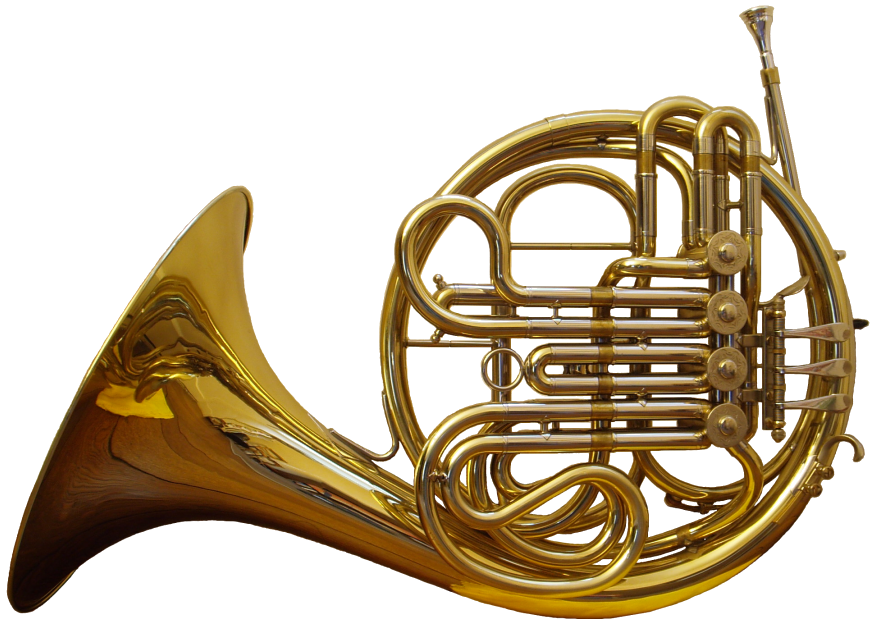Brahms, Trio in E-flat for Piano, Violin, and Horn

Brahms’ Horn Trio stands out as unusual in several respects, for starters the mere act of inserting a horn into what otherwise might be a “piano trio.” Horn players can find themselves in various chamber ensembles, usually a woodwind quintet or some brass ensemble. But horn, violin, and piano?
If you say “horn trio,” people generally know you mean Brahms because “horn” is the unique part of this trio.
Brahms also specified that the work was intended for natural horn. The natural horn, or Waldhorn, has no valves. A natural horn, like a bugle, plays the pitches in the overtone series. The player can get additional pitches by adjusting the hand position inside the bell. He plugs the opening, thus changing the length of the tubing and gaining the ability to play some notes not in the overtone series. The sound, however, changes dramatically when the player does this. Some notes are open and some are “stopped.”
The modern French horn with valves can play all of the notes with a consistent sound, and this is exactly what Brahms wanted to avoid. He learned to play horn as a child, and it seems clear that he was reaching back for a bit of nostalgia or, at the very least, an older aesthetic. The Waldhorn conjured up the hunt and a more rustic feel.
I can be a purist about many things, but I grew up playing a French horn and would be loath to give up my valves. Progress is occasionally a good thing. And I have plenty of company regarding the horn trio because you’re more likely to hear it performed on a valved horn.
You can read how Brahms was at the spa getting over a rough spot and enjoying the nature when he wrote this trio. Hence the desire for a “natural” outdoorsy sound. Another justification can be found in his ongoing battle against the modernism represented by Wagner and Liszt. Wagner not only used the latest brass instruments, he would invent one of his own if need be.
The trio is in four movements (two movements in each video). Movement II at 8:05.
Movement IV at 7:48



